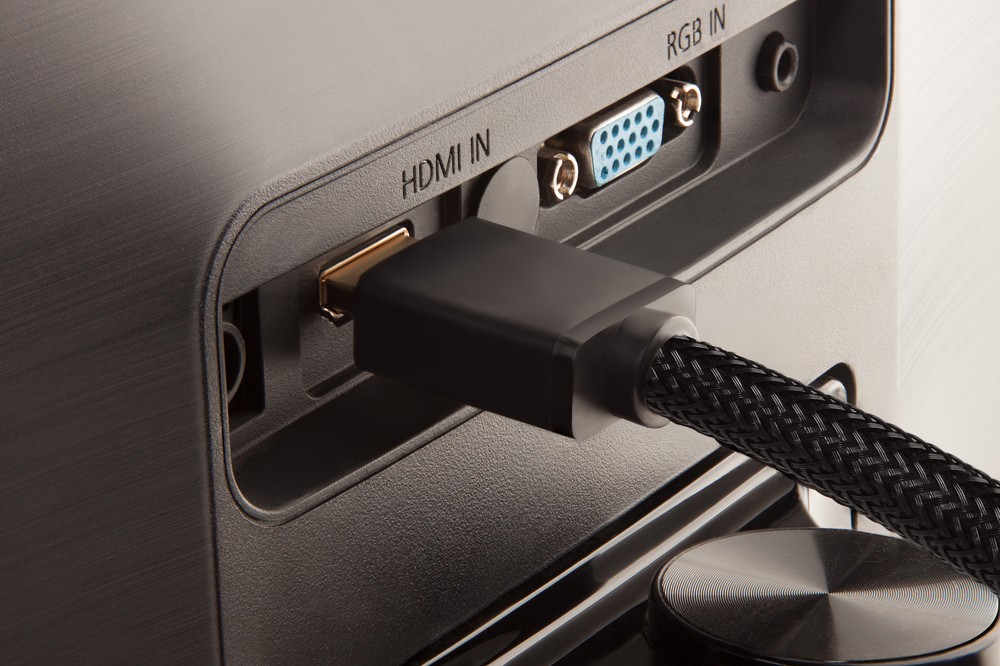HDMI cables have become the standard for transmitting high-definition video and audio from source devices like streaming devices, Blu-ray players, and gaming consoles to displays like HDTVs and monitors. As these devices have evolved, so too has the market for HDMI cables, resulting in a wide spectrum of price points ranging from budget-friendly to exorbitantly expensive.
This disparity in pricing has sparked a significant debate: Do high-priced HDMI cables truly offer a superior experience, or are they simply a marketing gimmick preyed upon consumers?
The Role of HDMI Cables
Before assessing whether the price of an HDMI cable impacts performance, it is crucial to outline what these cables do. HDMI cables serve as a conduit for transporting uncompressed video and audio data from one device to a display. Introduced in the early 2000s, HDMI has replaced older standards such as component video and DVI, due largely to its ability to carry both audio and video signals over a single cable. This simplicity has made HDMI an indispensable aspect of modern home entertainment setups.
Understanding HDMI Specifications
HDMI technology has its own set of specifications which are important in determining what a cable can do. For instance:
- HDMI 1.4 introduced support for 4K resolution at 30Hz, 3D formats, and Ethernet channel functionality.
- HDMI 2.0 expanded support to 4K at 60Hz, increased bandwidth to 18Gbps, and introduced HDR support for richer color and better contrasts.
- HDMI 2.1 further increased bandwidth to 48Gbps, enabling support for 8K resolution at 60Hz and 4K at 120Hz, as well as enhanced features such as Variable Refresh Rate (VRR), Dynamic HDR, and eARC.
The specifications are defined by the HDMI Licensing Administrator, Inc., leaving manufacturers to build cables that meet or exceed the minimum requirements established by these standards. The essential point is that any HDMI cable labeled as compatible with a certain HDMI standard should deliver the capabilities outlined by that version.
Examining High-Priced vs. Low-Priced HDMI Cables
The core question remains: are high-priced HDMI cables superior to their lower-priced counterparts? At first glance, the benefits touted by manufacturers of premium cables may seem compelling. Features such as gold-plated connectors, high-grade shielding, and enhanced construction materials suggest better performance and durability. But do these features translate into a tangible difference in real-world applications?
Video and Audio Quality
The transmitted signals through HDMI cables are digital, meaning they are binary—comprised of ones and zeros. Unlike analog signals, which can degrade over distance and through interference, digital signals are represents as either received completely or not at all. Consequently, an HDMI cable that meets the necessary standards for a particular resolution and frame rate should, in essence, deliver the same quality of video and audio as another cable complying with the same standards, regardless of cost. Consequently, anecdotal reports suggest there is little to no significant difference in picture and sound quality among HDMI cables that meet the required specifications for specific devices and resolutions.
Cable Build and Durability
One area where premium HDMI cables might edge out less expensive options lies in build quality and durability. Premium cables like those offered by brands such as AudioQuest or Monster may feature heavy-duty materials, braided exteriors, and stronger connectors. These attributes can offer greater longevity, especially in situations where cables are frequently disconnected, reconnected, or subjected to physical wear and tear. However, for the average consumer whose HDMI cables remain installed behind a television or entertainment system, this additional ruggedness may not warrant the added cost.
The Marketing of High-Priced HDMI Cables
Marketing strategies have a significant influence on consumer perception of HDMI cables. Higher-priced models often leverage the prestige of brand name reputation, promising an enhanced viewing experience, cutting-edge technology, and superior build quality. Some advertisements imply that cheaper, generic cables might lead to inferior performance or ‘bottlenecks’ that prevent one from enjoying the full potential of their expensive setups. However, experts have been consistent: when it comes to digital data transmission, the difference in an “on” or “off” approach—either the data is transmitted, or it is not—means that performance anxiety around quality can often be exaggerated.
Consideration for Special Scenarios
There are scenarios where a more expensive HDMI cable may provide a benefit. For instance, in high-interference environments, robust shielding can mitigate data transmission errors. Similarly, longer cables, especially those exceeding 25 feet, may require better construction and materials to maintain signal integrity over the distance. In such cases, a higher-quality HDMI cable could be advantageous. However, these circumstances are not typical for most home setups, where the cable run is usually short and devoid of significant interference.
Certification as a Benchmark
Consumers seeking peace of mind might consider looking for cables with certification from renowned bodies, guaranteeing that they meet specific standards. The Premium HDMI Cable Certification Program, for instance, tests cables to ensure they can handle 4K HDR content. While this certification can be reassuring, it does not inherently demand a significant price premium.
The decision between high-priced and low-priced HDMI cables will be influenced by personal viewpoints and the context of use. While some will appreciate the peace of mind afforded by sturdier, brand-name offerings, others may find that lower-priced, certified cables meet their needs perfectly well. What matters most is ensuring the cable supports the requirements of your setup—whether transporting 4K HDR, 8K content, or high-refresh-rate video gaming.
The importance of HDMI is undeniable in the current era of media consumption, yet it’s clear from a technical perspective that for most typical use cases, an affordable HDMI cable will satisfy the visual and auditory demands of your devices just as effectively as their pricier counterparts. More than ever, it appears that much of the highly-priced HDMI cable phenomenon might indeed be more about consumer perception and marketing strategies rather than a necessity dictated by technological requirements.



